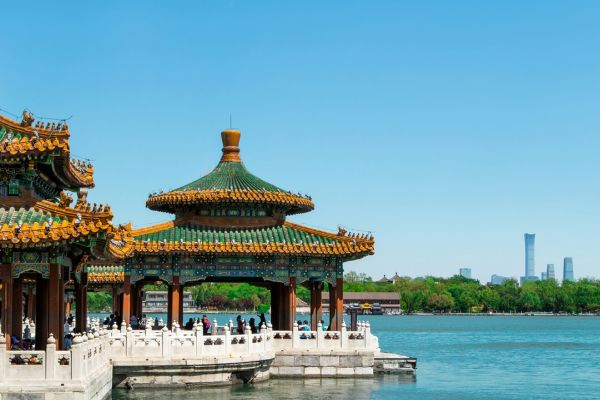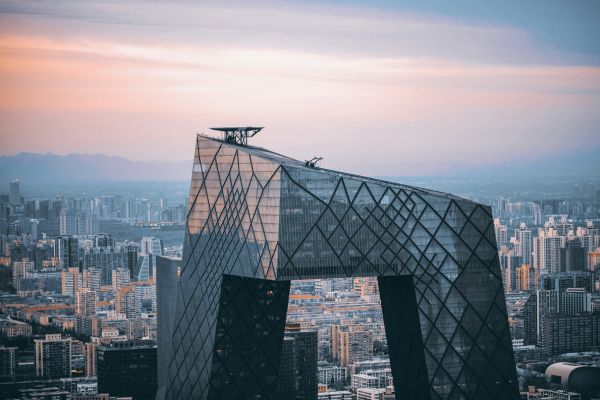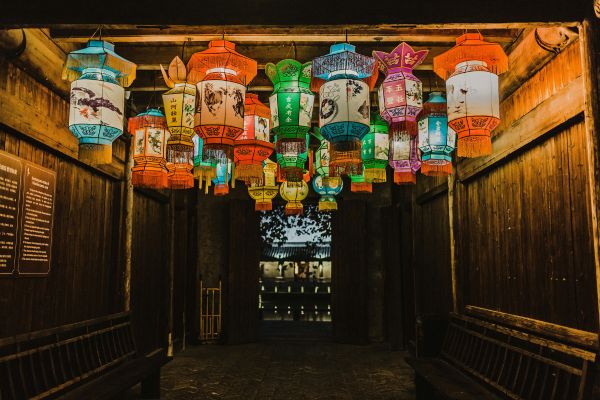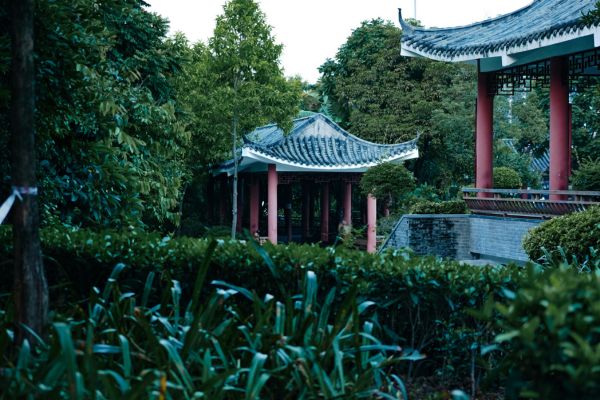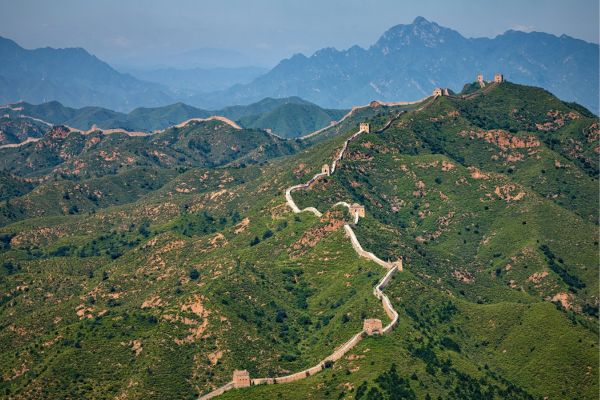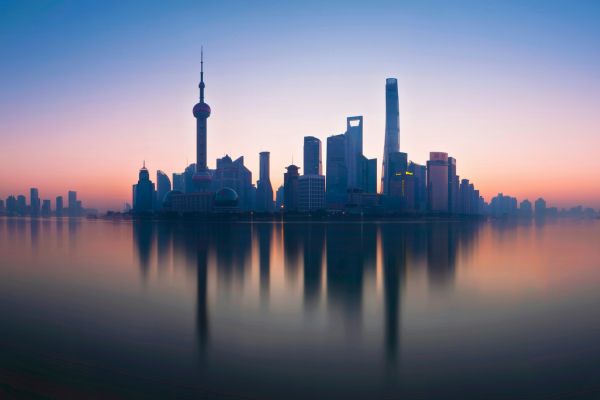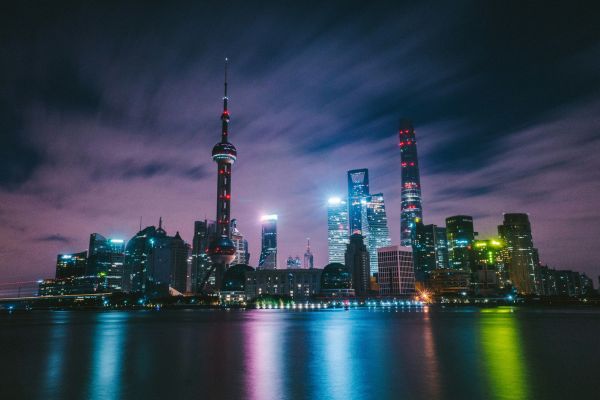
On 26 Apr. 2023, China’s legislature, the National People’s Congress Standing Committee, adopted the Law of the People’s Republic of China on Ecological Protection of the Qinghai-Tibet Plateau (中华人民共和国青藏高原生态保护法).
The Qinghai-Tibet Plateau is also known as Tibetan Plateau or Qing–Zang Plateau. According to Wikipedia, with an average elevation exceeding 4,500 meters (14,800 ft) and being surrounded by imposing mountain ranges that harbor the world’s two highest summits, Mount Everest and K2, the Qinghai-Tibet Plateau is often referred to as “the Roof of the World”. The Qinghai-Tibet Plateau contains the headwaters of the drainage basins of most of the streams and rivers in surrounding regions. This includes the three longest rivers in Asia (the Yellow, Yangtze, and Mekong). Its tens of thousands of glaciers and other geographical and ecological features serve as a “water tower” storing water and maintaining flow. It is sometimes termed the Third Pole because its ice fields contain the largest reserve of fresh water outside the polar regions.
This Law is enacted to strengthen the ecological protection of the Qinghai-Tibet Plateau, prevent and control ecological risks, and ensure ecological safety.
The highlights of this Law are summarized below.
- China will establish the ecological security shield system of the Qinghai-Tibet Plateau with key ecological functions, including water source conservation, biodiversity protection, soil and water conservation, windbreak and sand stabilization, and ecosystem carbon sinks.
- China will restore the Qinghai-Tibet Plateau ecosystem through two methods: (i) natural restoration; and (ii) a combination of natural restoration and artificial repair.
- China will establish a mechanism for the investigation, assessment, monitoring, and early warning of natural disasters in the Qinghai-Tibet Plateau, and build natural disaster prevention projects.
Cover Photo by knight weixin on Unsplash
Contributors: CJO Staff Contributors Team
